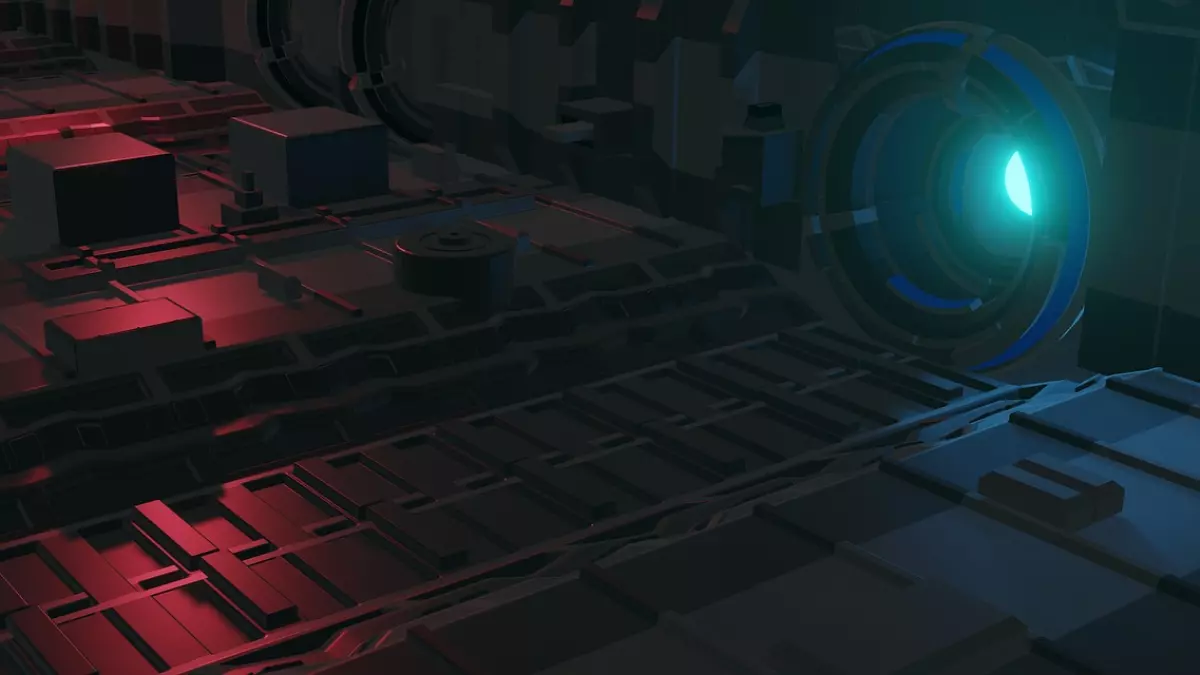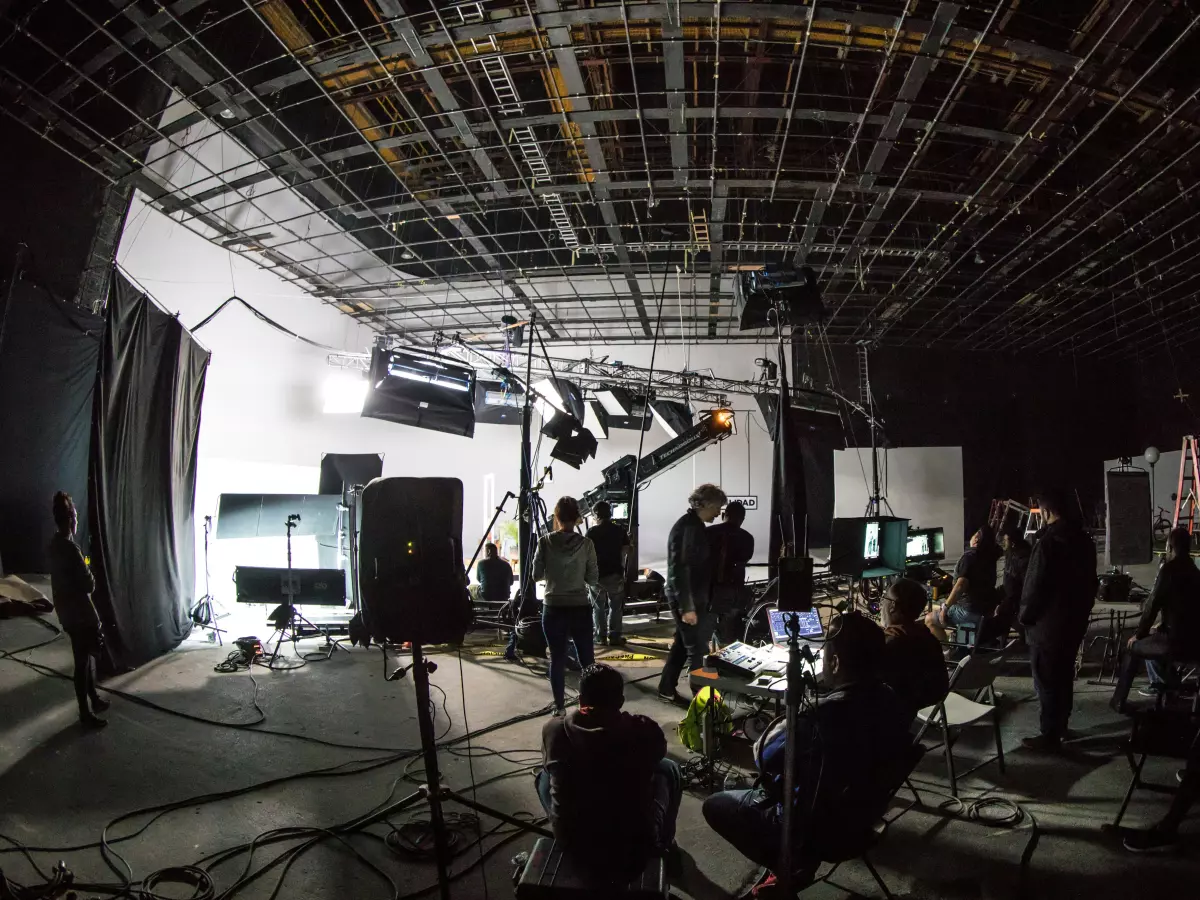DIY Fusion Reactor
What would you do if you had $2,000, a month of free time, and access to AI? Build a fusion reactor in your bedroom? Well, that’s exactly what one student did.

By Elena Petrova
In a story that sounds more like a sci-fi movie plot than reality, a student has achieved the seemingly impossible: constructing a fusion reactor in just four weeks. Armed with a modest budget of $2,000 and the power of artificial intelligence, this young innovator has turned heads in the scientific community. But how did he manage to pull off such a feat? And what does this mean for the future of DIY science?
Fusion reactors, often considered the holy grail of energy production, are notoriously complex and expensive to build. They require extreme temperatures, intricate machinery, and a deep understanding of nuclear physics. Yet, this student, with no access to a high-tech lab or millions in funding, managed to create one in his own room. And the secret ingredient? AI.
AI: The Ultimate Lab Assistant
Artificial intelligence has been making waves in various industries, but using it to build a fusion reactor? That’s next-level. The student used AI to assist in designing the reactor, optimizing the components, and even simulating the conditions needed for fusion. Essentially, the AI acted as a virtual lab assistant, crunching numbers and running simulations that would have taken a human months, if not years, to complete.
By leveraging AI, the student was able to bypass many of the traditional hurdles that come with building such a complex machine. The AI helped him figure out the best materials to use, the optimal design for the reactor, and even how to manage the extreme temperatures required for fusion. It’s like having a team of expert scientists in your pocket, all working tirelessly to help you achieve your goal.
The $2,000 Budget: A Lesson in Resourcefulness
Now, let’s talk about the budget. $2,000 might sound like a lot for a DIY project, but in the world of nuclear fusion, it’s pocket change. Most fusion reactors cost millions, if not billions, to build. So how did this student manage to pull it off with such a limited budget?
The answer lies in resourcefulness. Instead of buying expensive, high-end components, the student scoured the internet for affordable alternatives. He repurposed parts from old electronics, used 3D printing to create custom components, and even sourced some materials from second-hand stores. It’s a classic case of “work smarter, not harder.”
And let’s not forget the role of AI in keeping costs down. By simulating different designs and materials, the AI helped the student avoid costly mistakes and unnecessary expenses. It’s like having a budget advisor who also happens to be a nuclear physicist.
What’s Next for DIY Science?
This story raises an interesting question: If a student can build a fusion reactor in his bedroom with AI and $2,000, what else is possible? Could we be on the verge of a new era of DIY science, where anyone with a bit of ingenuity and access to AI can tackle some of the world’s biggest challenges?
It’s not as far-fetched as it sounds. With AI becoming more accessible and affordable, we could see a surge in homegrown innovation. Imagine a world where students, hobbyists, and garage inventors are solving problems that were once the domain of billion-dollar corporations and government labs. It’s an exciting, and slightly terrifying, prospect.
Of course, there are risks involved. Nuclear fusion is no joke, and playing with such powerful forces in a non-controlled environment could have serious consequences. But with proper safety measures and oversight, the potential for groundbreaking discoveries is enormous.
The Future of Fusion
Fusion energy has long been seen as the key to solving the world’s energy crisis. It’s clean, virtually limitless, and doesn’t produce the harmful waste associated with traditional nuclear power. But despite decades of research and billions of dollars in funding, we’re still a long way from achieving commercial fusion energy.
However, stories like this give us hope. If a student can build a functional fusion reactor in his bedroom, who knows what the future holds? Perhaps the next big breakthrough in fusion energy won’t come from a government lab or a tech giant, but from a curious mind tinkering away in a garage.
In the meantime, we’ll be keeping a close eye on this student and his reactor. Who knows? He might just be the one to crack the fusion code.
Source: Presse-citron





